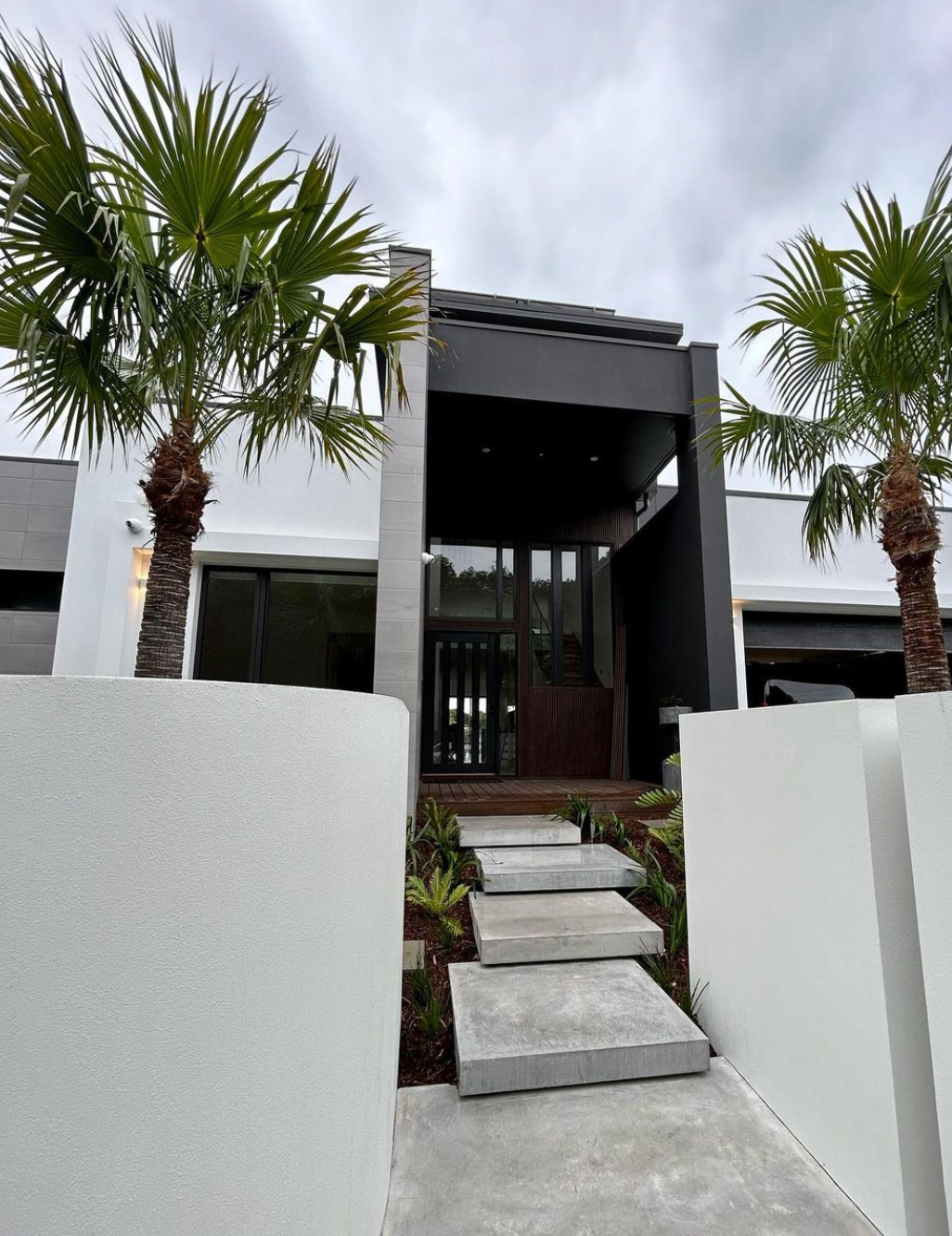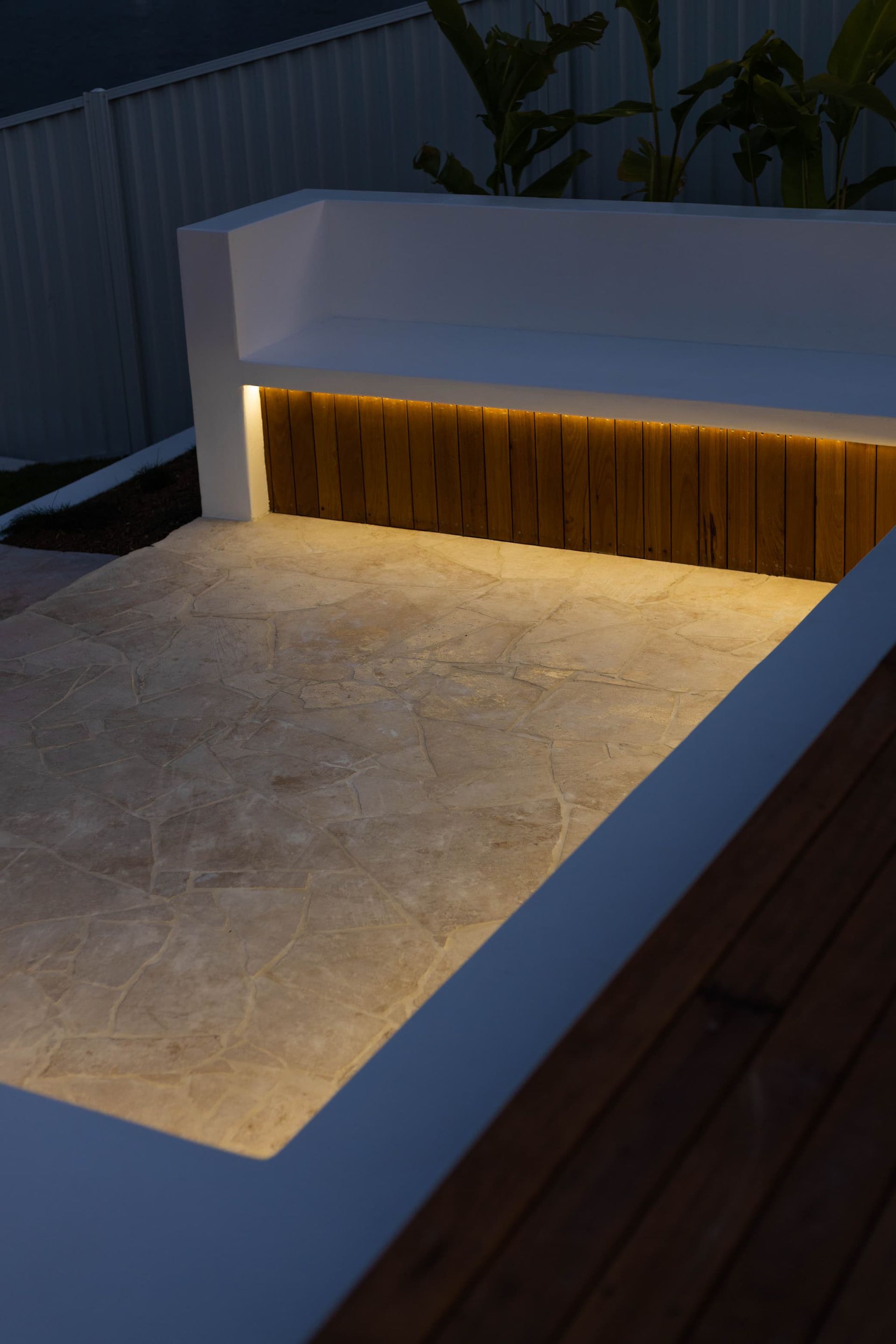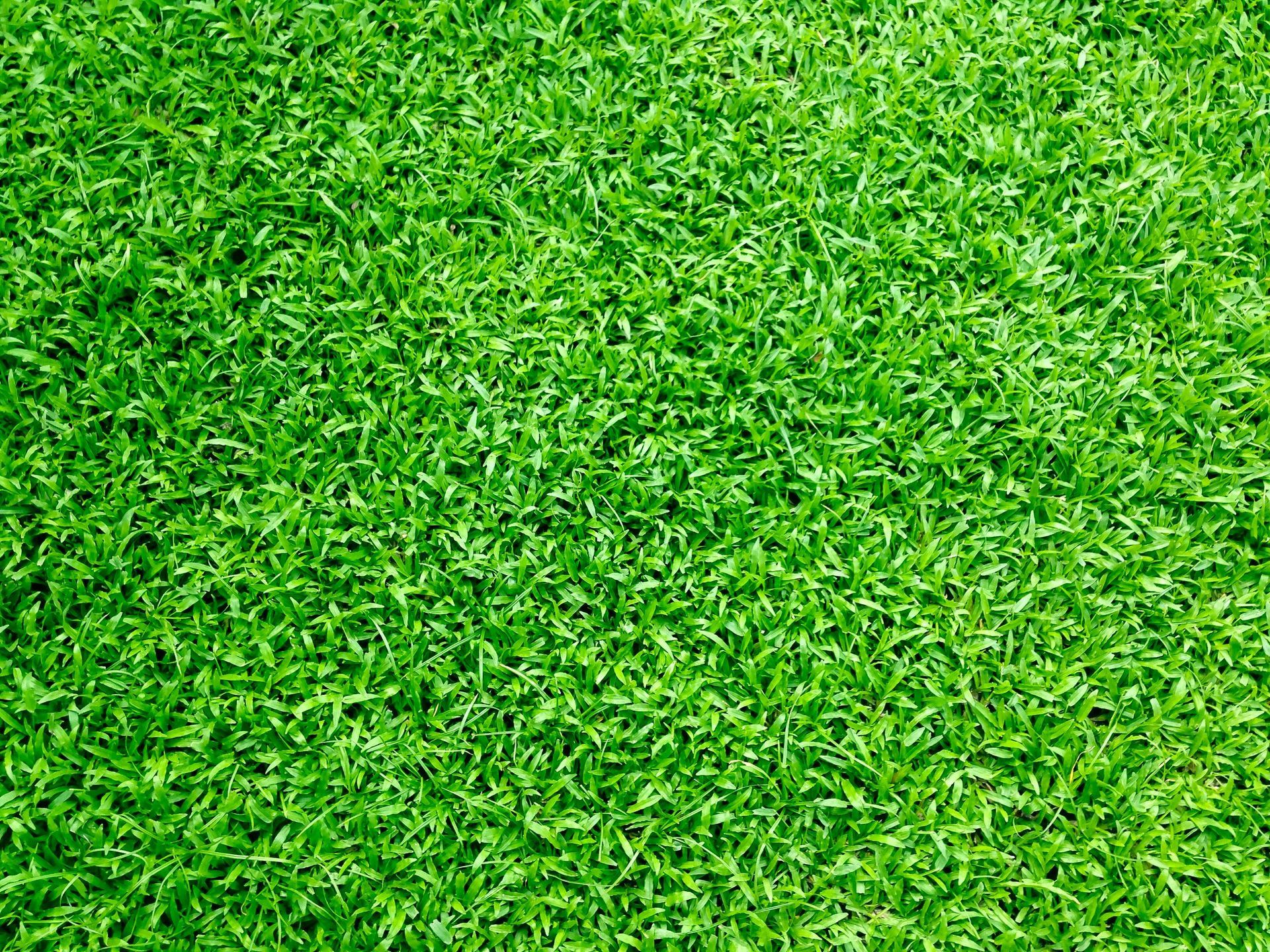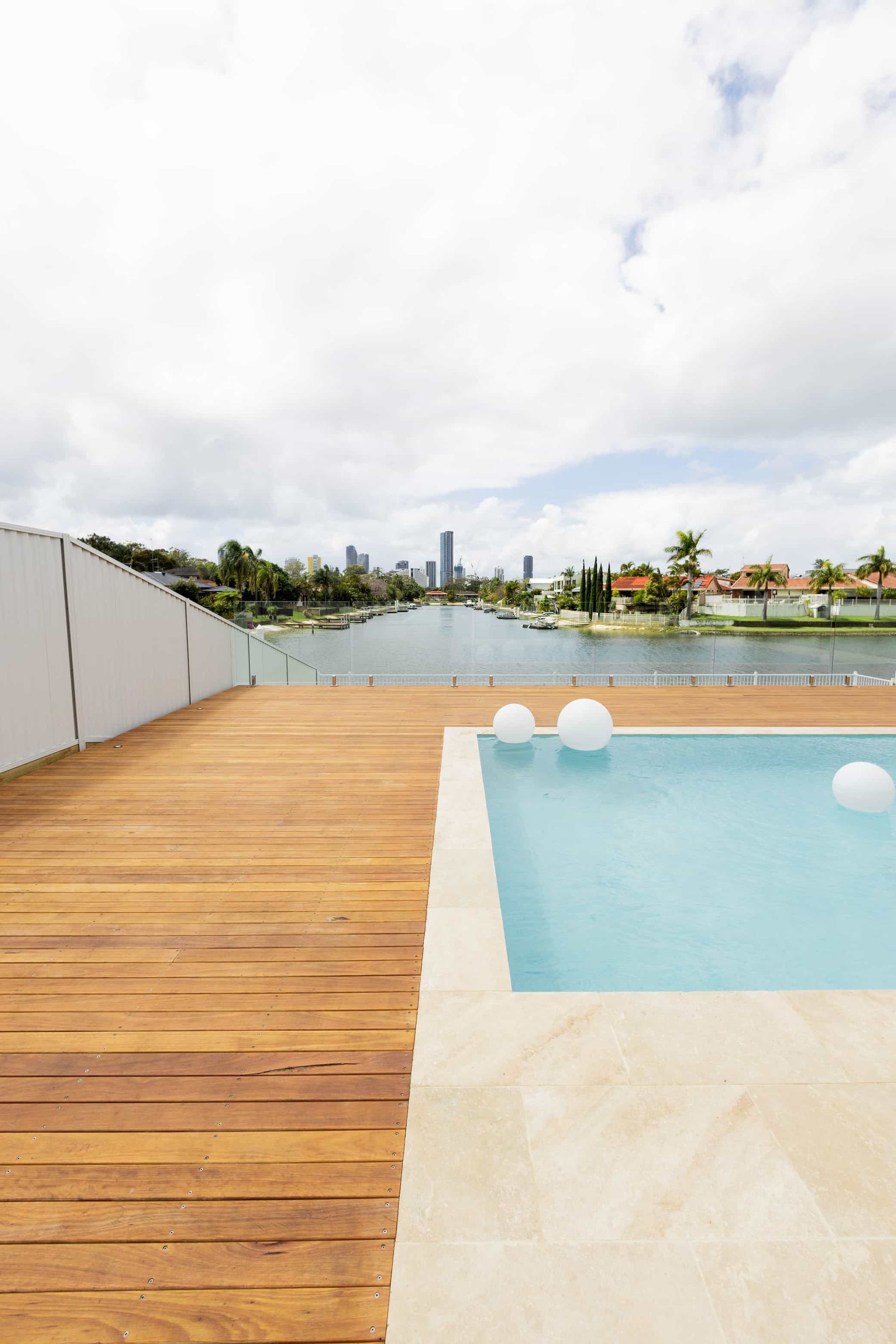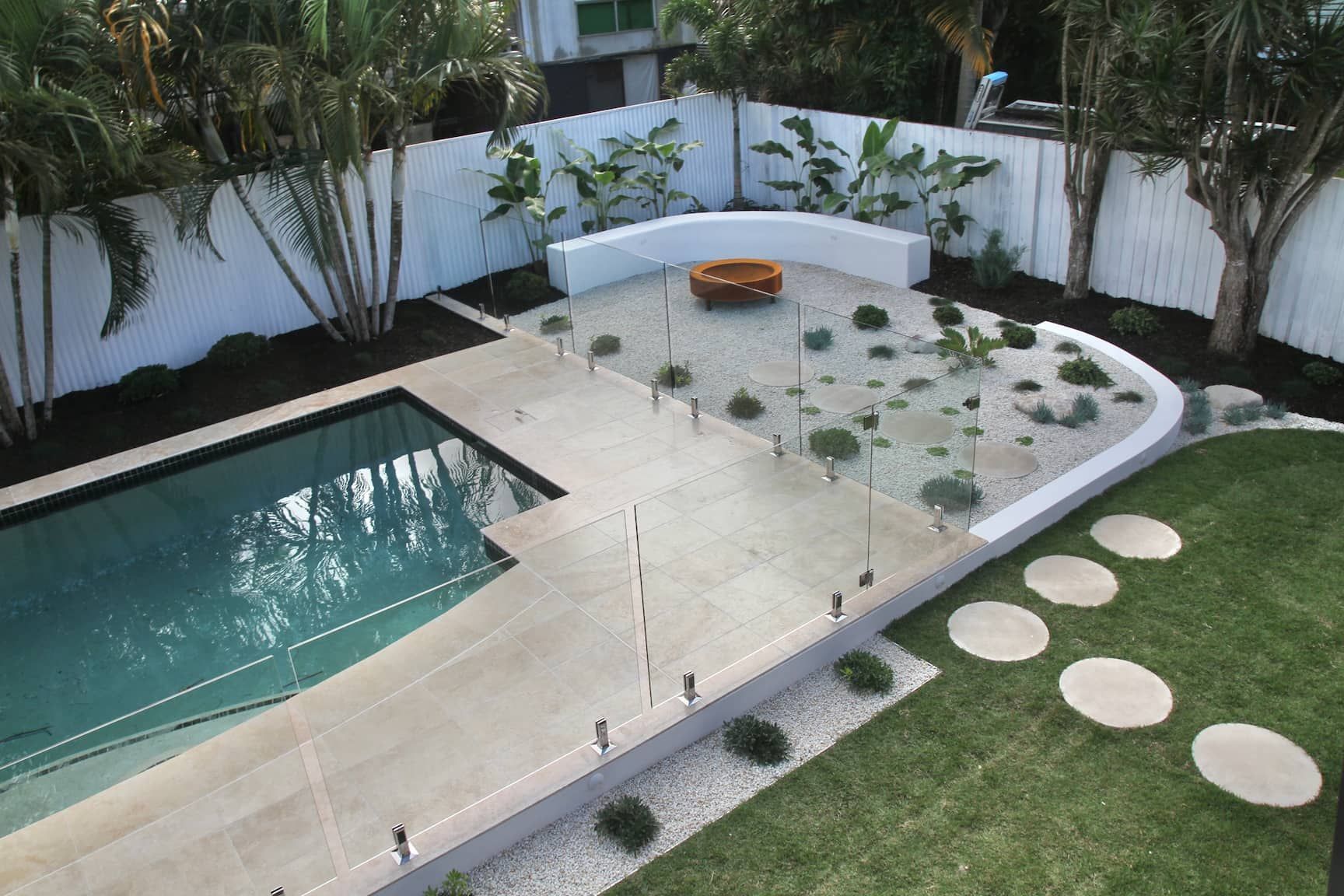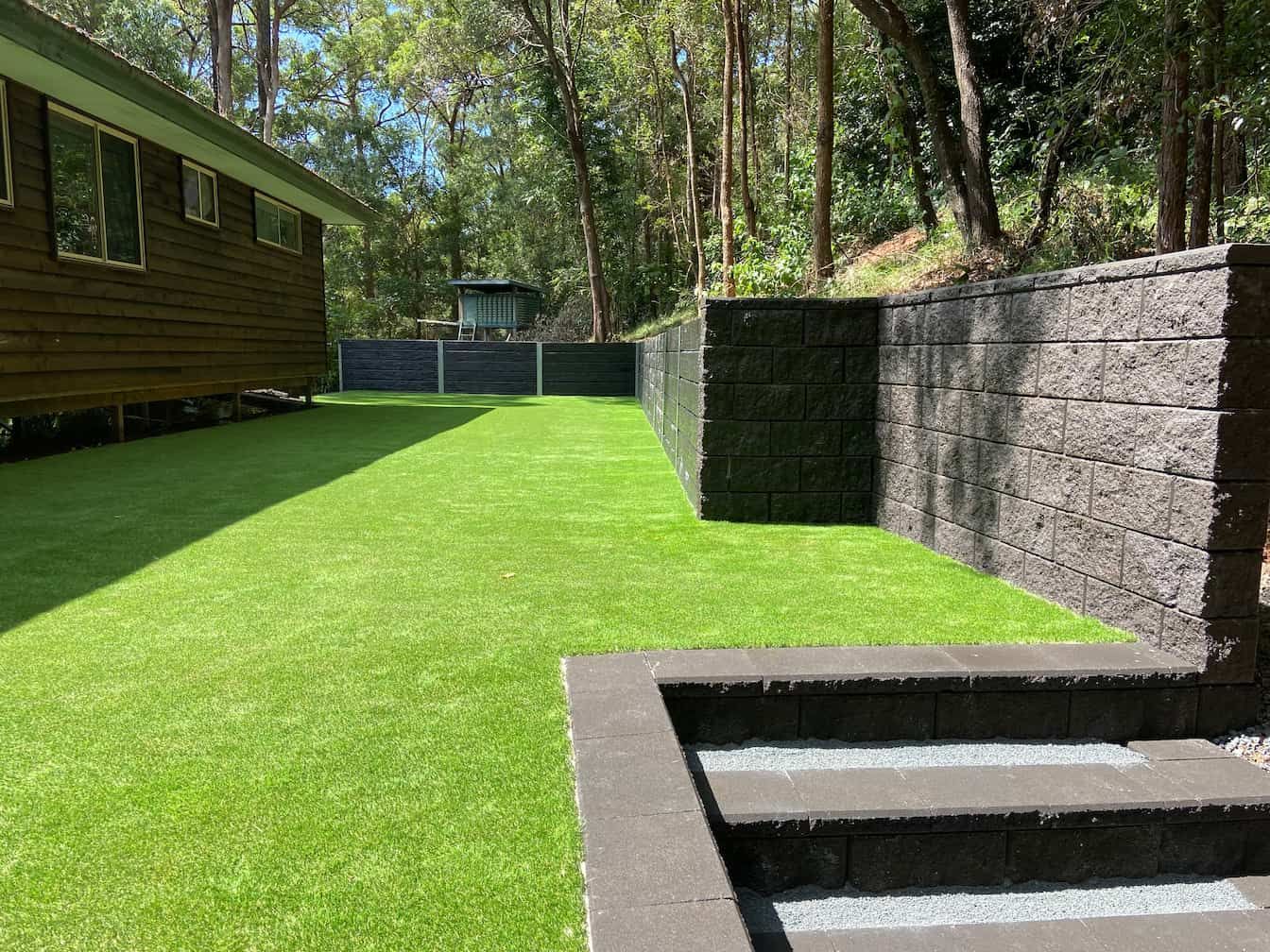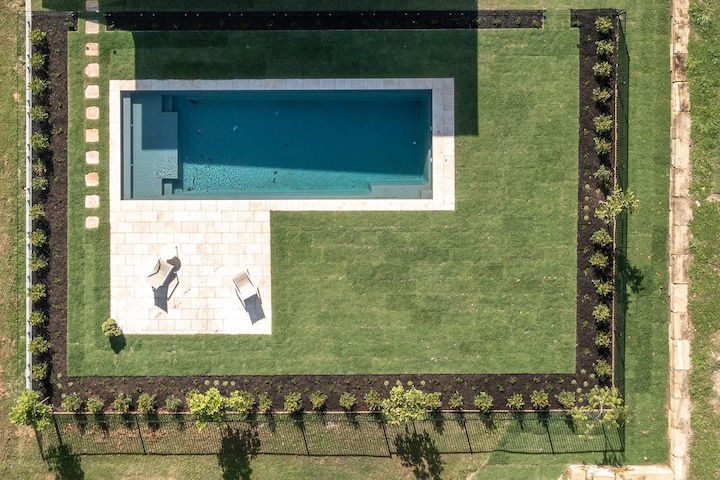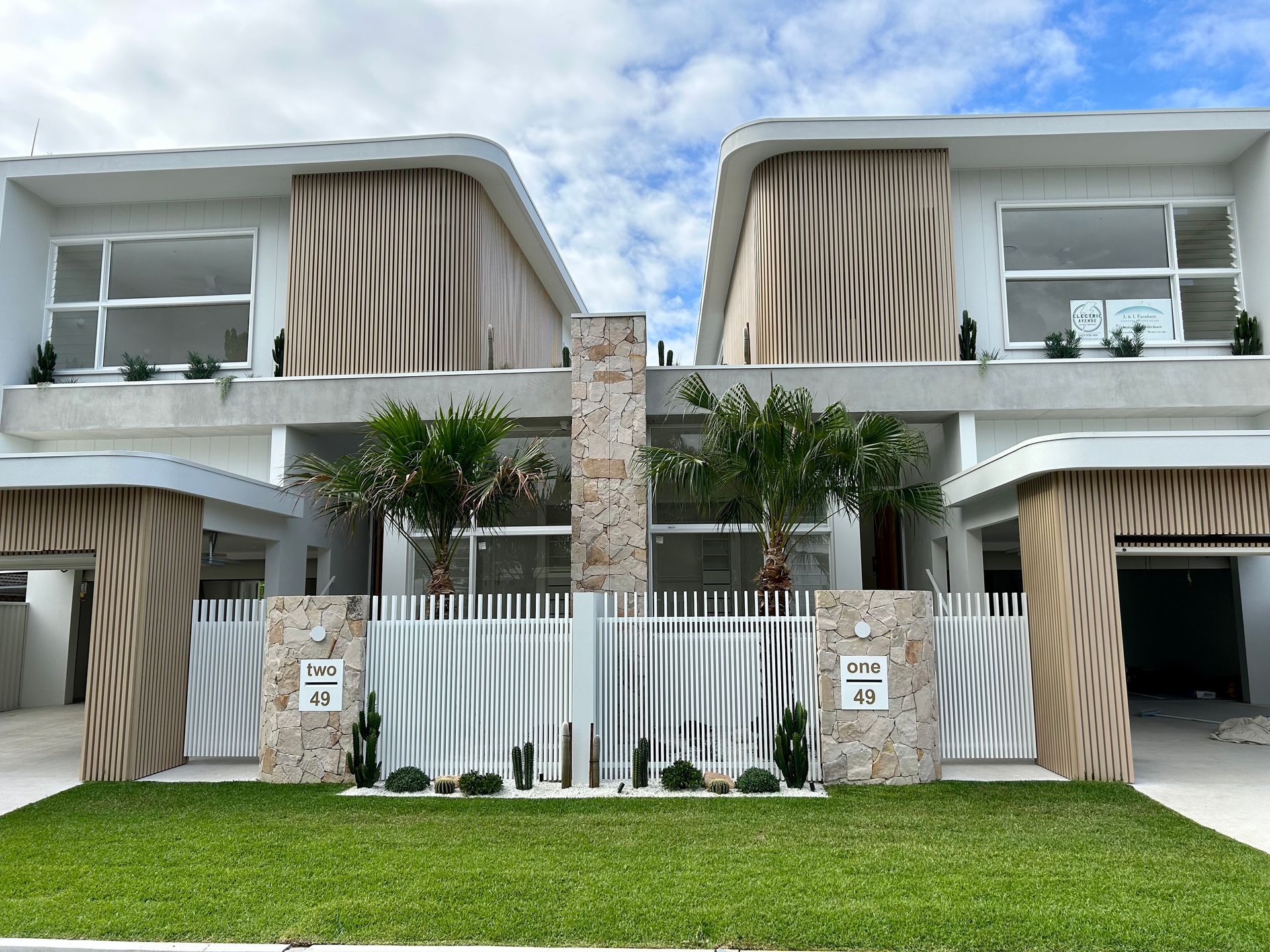Your Guide To Floating Concrete Steps
Just as
stone cladding brings a unique aesthetic and functional charm to homes and commercial spaces,
floating concrete steps offer a modern, sleek look to any property.
In this guide, we'll explore everything you need to know about floating concrete steps.
What Are Floating Concrete Steps?
Floating concrete steps are a series of steps that appear to be suspended or 'floating'. They are anchored securely but designed in a way that hides the support, giving an illusion of floating in the air.
How To Build Floating Concrete Steps
Building floating concrete steps is a complex process that requires careful planning, precision and expertise in construction. Here's a general overview of how to build floating concrete steps:
1. Design and Planning
Assessment: Begin by assessing the location where the steps will be installed. Consider the space available, the height and depth of each step and how they will integrate with the surrounding environment.
Design: Create a detailed design of the steps. This should include the dimensions of each step, the distance between steps and the overall aesthetic you're aiming for.
Structural Planning: Determine the method of support for the steps. Floating steps are typically supported by either cantilevering from a wall or using hidden supports. The structural integrity is crucial for safety and durability.
2. Materials and Preparation
Materials: Choose high-quality, high-strength concrete for durability. You may also need reinforcing materials like steel bars or mesh.
Site Preparation: Prepare the installation site. This involves levelling the ground, removing debris and ensuring that the area is ready for construction.
3. Building the Framework
Formwork: Construct formwork according to the design. This will hold the concrete in place as it sets. The formwork must be sturdy and well-supported.
Reinforcement: Place steel reinforcement within the formwork to strengthen the concrete. This is especially important for floating steps, as it helps distribute the weight and provides additional support.
4. Pouring the Concrete
Mixing: Mix the concrete according to the manufacturer's instructions. The mix should be consistent and workable.
Pouring: Carefully pour the concrete into the formwork. Ensure it fills all corners and spaces, and that there are no air pockets.
Levelling and Finishing: Level the concrete and smooth the surface. The finish can be tailored to your aesthetic preferences, such as textured, polished or stamped.
5. Curing
Initial Curing: Allow the concrete to set. This may take several hours to a day, depending on weather conditions and the concrete mix.
Full Curing: Concrete takes time to reach its full strength. This process can take several days. During this time, it's important to keep the concrete moist to prevent cracking.
6. Removing Formwork and Finishing Touches
Formwork Removal: Once the concrete is sufficiently cured, carefully remove the formwork.
Inspection and Finishing: Inspect each step for any imperfections. Apply any finishing touches, such as sealing the concrete to protect it from moisture and wear.
How Much Do Floating Concrete Steps Cost?
The cost of floating concrete steps varies based on factors like design complexity, the number of steps and the installation site's specifics. Custom designs and larger installations will naturally be more expensive. However, when compared to traditional staircases, floating steps can be cost-effective due to their minimalistic design and the reduced amount of materials required.
How Long Do Floating Concrete Steps Last?
Durability is a hallmark of floating concrete steps. When constructed with quality materials and proper techniques, they can last for decades. Their longevity is enhanced by concrete's inherent strength and resistance to wear and tear, making them a long-lasting addition to any property.
Where do Floating Concrete Steps Work Best?
These steps are incredibly versatile, fitting seamlessly into various environments. In residential settings, they can be used as an entranceway to the home, a pathway through a garden or steps into the pool area.
Commercially, they're often used in office buildings and boutique stores to make a bold architectural statement.
How Do You Maintain Floating Concrete Steps?
Maintenance is surprisingly straightforward; regular cleaning to remove dirt and debris is usually all they need. It's important to inspect the steps periodically for any signs of wear or structural issues, especially in the supports and anchors. Quickly addressing any minor issues can prevent more significant problems in the future.
What Are The Benefits of Using Concrete?
Concrete is known for its strength, versatility and aesthetic flexibility. It can withstand extreme weather conditions, heavy foot traffic and resists wear over time. Aesthetically, concrete can be finished in various textures and colours, allowing it to blend with different design themes and styles.
Are There Different Types of Designs for Floating Concrete Steps?
The design possibilities for floating concrete steps are nearly limitless. They range from straight, clean lines that suit ultra-modern aesthetics to more organic shapes that blend with natural landscapes. The steps can also vary in width, depth and colour, allowing for complete customisation to match any design vision.
Conclusion
Floating concrete steps are more than just a functional element; they are a design statement that can transform a home. Their blend of modern aesthetics, durability, and versatility makes them an excellent choice for those looking to add a contemporary touch to their property. Whether for a home renovation or a new commercial project, floating concrete steps offer a unique blend of style and practicality.
For more information on floating concrete steps, get in touch with the professional team at LGM Landscaping on the Gold Coast. We provide
hardscaping,
softscaping,
pool landscaping and so much more.
Get in Touch For A Free Quote

